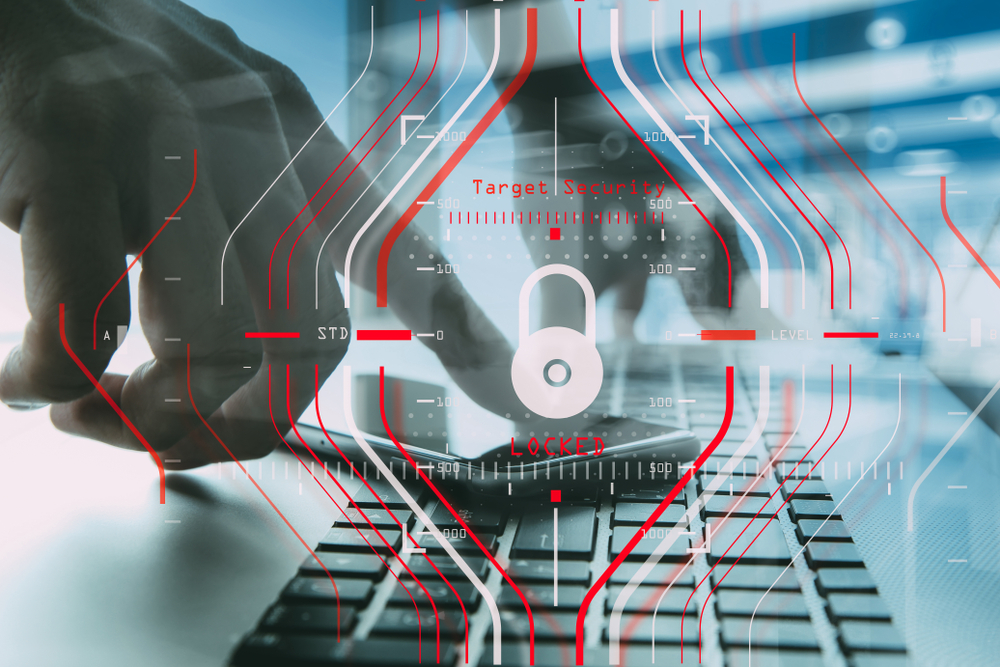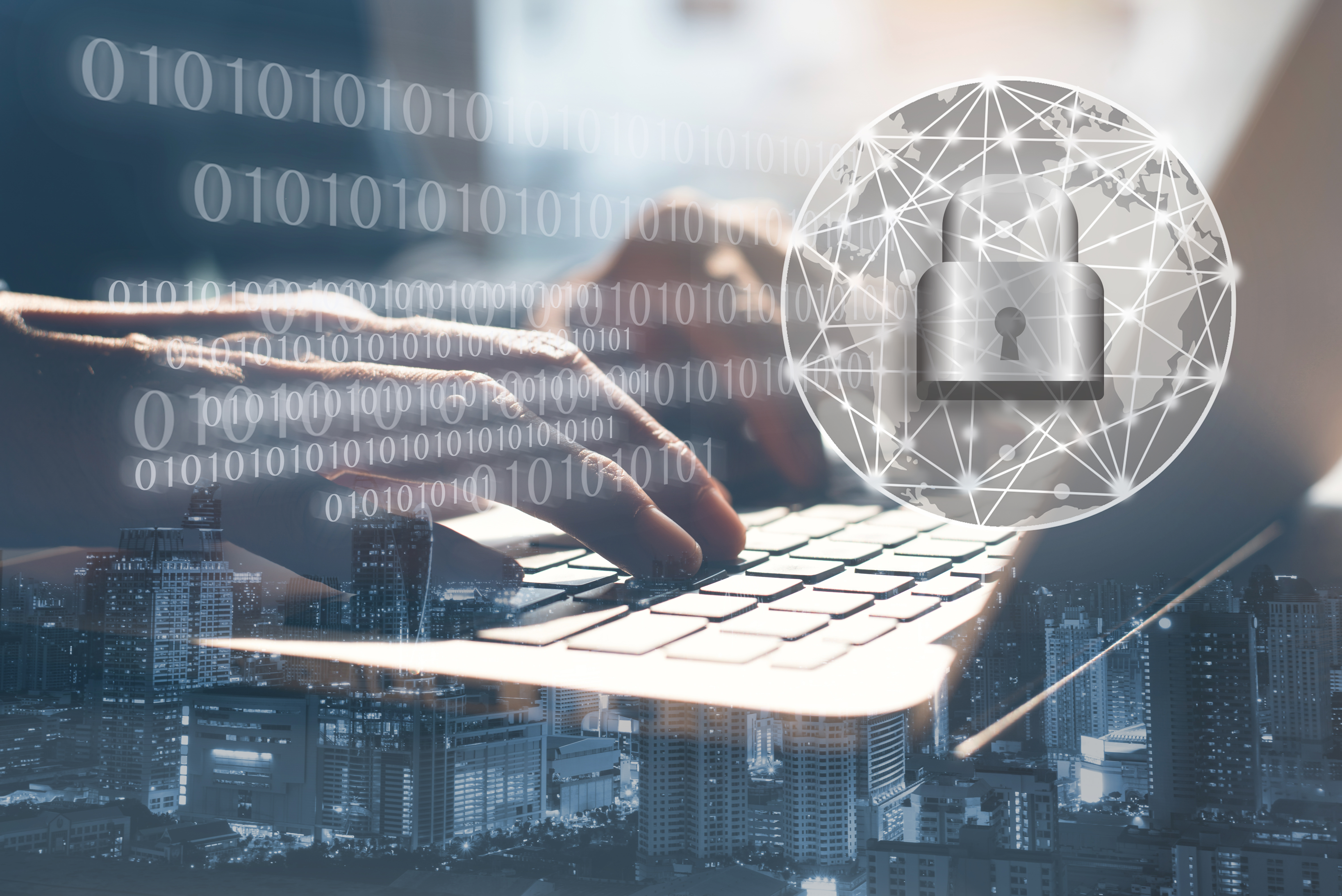The 2018 FIFA World Cup has finally arrived with the expectations for the England team more subdued than normal…..away from the football pitch the cyber threat landscape will once again present challenges for this major sporting event. Already this year we have seen the Winter Olympics in South Korea experience wiper malware that hit the internet and TV broadcasting of the opening ceremony.
With Russian hackers having “home advantage ” it will be interesting to see the attack vectors utilized and how resilient cyber security will be to combat this.
GCHQ have warned the Football Association that both the officials and players could well be targeted by hackers during the tournament.
https://www.theguardian.com/football/2018/jun/12/england-world-cup-squad-targets-russian-hackers
Why the World Cup ?
Major sporting events grab the attention of the entire world but unfortunately this also attracts elements of the population who perceive this as an opportunity to be exploited ….. the world of cyber crime.
The threat that cyber crime poses to an event such as this is similar to that which exists for any other business but on a much larger scale and with more dramatic consequences due its high profile and the many threat vectors that may exist.
Assessing the Cyber Threat
Some of the targets for cyber criminals are likely to be the following :-
1.The Official World Cup Website
Distributed denial of service (DDoS) attacks preventing access to website by fans.
The accessing of the website by hackers and altering the data such as falsifying the results and tables and providing incorrect information to the public.
Defacement of the website by a hacktivist.
Fans will no doubt access the website via Wi-Fi and vulnerability will exist if they inadvertently log in through a rogue Wi-Fi connection which could lead to the stealing of their personal data.
2.Match Day Tickets
Ticket fraud with the setting up of bogus websites taking fans money and issuing counterfeit tickets.
Website scamming offering last minute match day tickets for the big games with no ticket actually being produced.
3.The Stadiums
Technology will be pivotal in all aspects of the running of the ten stadiums being used in the tournament. Stadium entry, ticketing processing, management of floodlights and associated infrastructure would all be impacted in the event of a cyber attack.
4. Tournament Data
The event will involve a huge amount of data ranging from credit card data of fans, players confidential information or the database of the organizers which is likely to be targeted by hackers. This could occur through phishing attacks in order to steal personal private information (PPI)and then lead to possible bank fraud of individuals. With GDPR now in force hackers are likely to focus more on stealing data.
5.E-mail Transmission
E-mail scamming could be caused by bogus e-mails set up to obtain players and officials personal information that is disseminated over the internet. The numerous sending and exchanging of e-mails also presents an opportunity or spamming.
6.Media Coverage
World wide coverage will be provided to this event by television companies who will be reliant on technology and the service could be interrupted or even blacked out by a hacker wishing to cause transmission downtime.
7. Computer Network
The spreading of a malware attack within the internal computer network and third party providers could cause enormous interruption to the running of the tournament. The reliance on technology reaches far and wide ranging from the transportation network to close circuit TV surveillance systems.
8. Mobile Applications
Fake mobile apps devised by developers to give the impression of the official FIFA app.
9.Cyber Terrorism
Cyber terrorism could occur in a number of forms. A ransomware attack would limit or entirely restrict the use of computer systems affecting many aspects of the tournament.
There may be political motivation from countries that want to disrupt the tournament. This could be to make a political stand on an issue or perhaps a country that failed to reach the finals or a country that has controversially been knocked out of the competition.
The threat of remotely controlled drones by cyber terrorist entering a stadium causing disruption and delay to matches.
10.Social Media
Infiltration of social media websites by hackers of the tournament and personal accounts pose a threat to fans , players and officials privacy.
Cyber Risk Management Program
FIFA will no doubt have in place a comprehensive cyber risk management program to manage the World Cup which is likely to be broken down into the following :-
- Identification of cyber risk vectors
- The mitigation of cyber risk within the tournament
- The transfer of residual cyber risks that they are unwilling or unable to manage.
Cyber Insurance
Cyber Insurance can assist with the transfer of cyber risks by the following insurance modules :-
- Network Security Liability
- Data Privacy Liability
- Multimedia Liability
- Network Business Interruption
- Data Asset Protection
- Cyber Extortion
- Crisis Management
A cyber insurance policy also provides post breach vendor assistance helping with data breach notification , forensic investigation and public relations.
Image : Shutterstock






